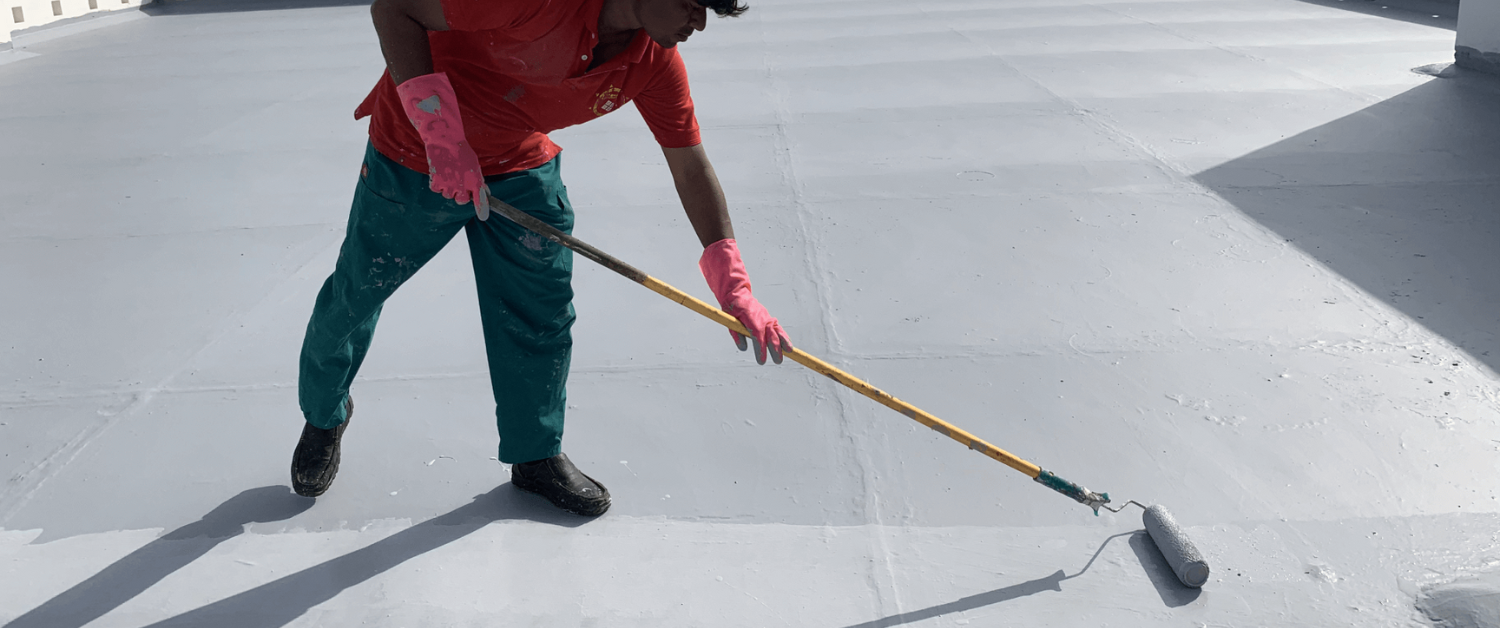Water Proofing

Water Proofing
Waterproofing is the process of making a structure water-resistant to prevent the penetration of water into the building components. It protects the structural integrity of roofs, walls, basements, and bathrooms from dampness, leakage, and water seepage. Proper waterproofing ensures longer building life, reduced maintenance, and enhanced indoor comfort.
Application Method
The surface is first cleaned and repaired by filling all cracks and gaps using approved crack fillers or polymer-modified mortars. After proper surface preparation, a primer coat is applied to improve adhesion. Then, waterproofing coatings such as acrylic, cementitious, polyurethane, or bituminous membranes are applied depending on the site requirement.
In critical areas like bathrooms, terraces, and basements, additional layers or mesh-reinforced coatings are used to enhance durability. Once cured, the coating forms a seamless, flexible, and long-lasting water barrier that resists leakage and dampness.
- Prevents leakage and dampness in buildings
- Enhances structural durability and life span
- Suitable for roofs, walls, basements, and wet areas
- Available in acrylic, PU, and cementitious systems

Waterproofing is an essential process for every structure to avoid moisture-related issues. It provides protection against leakage, mold growth, and concrete deterioration — ensuring a safe, hygienic, and long-lasting building.
FAQs about Water Proofing
Why is waterproofing important in buildings?
Waterproofing prevents water seepage and protects structural elements from damage, corrosion, and deterioration over time.
